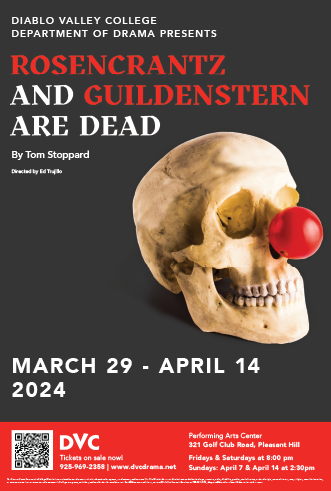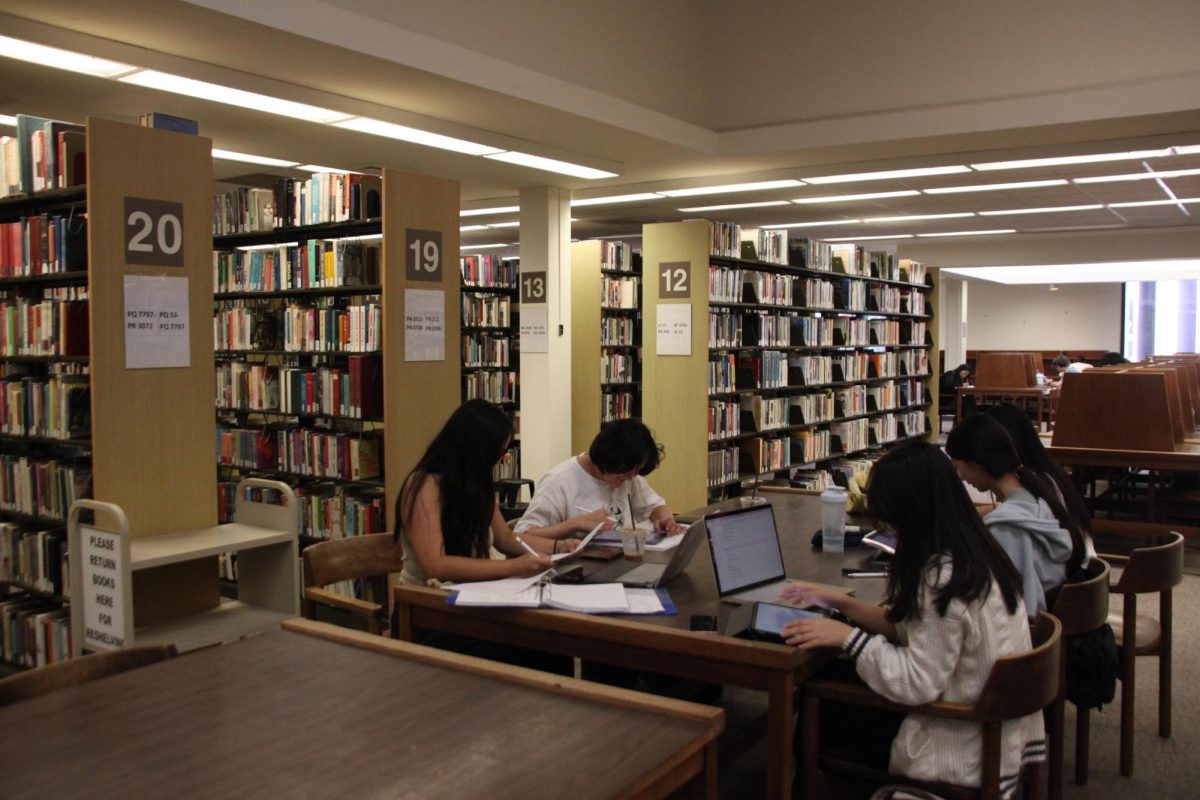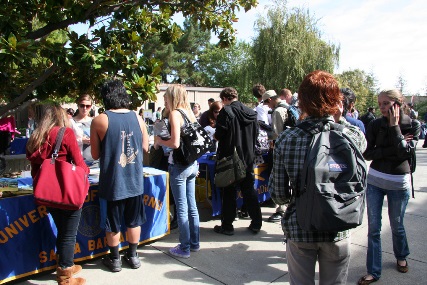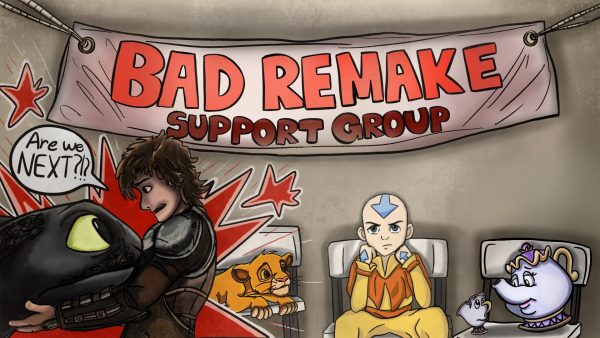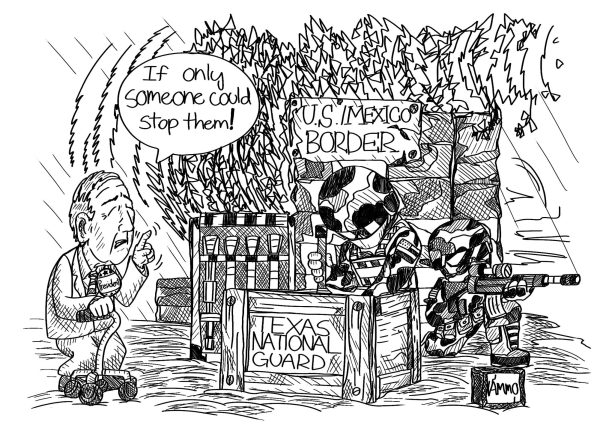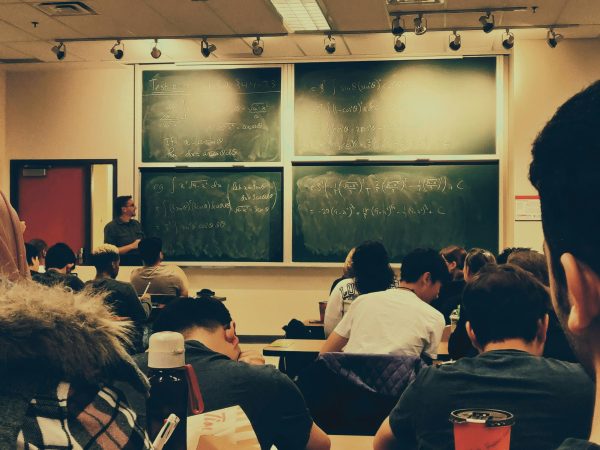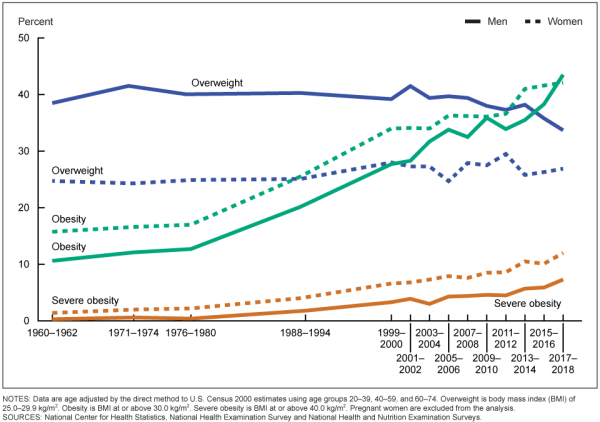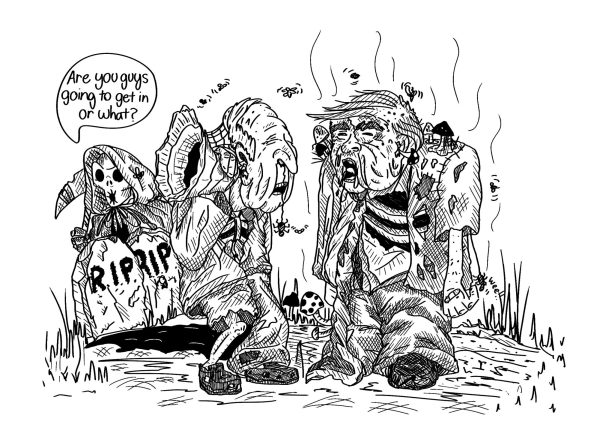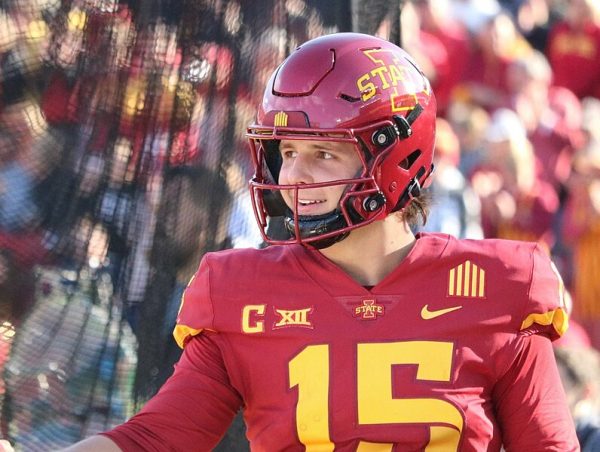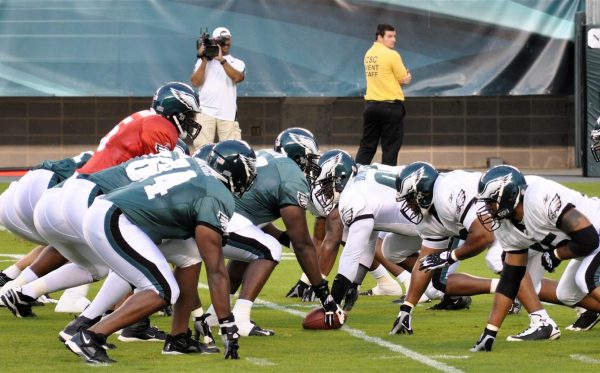Baltimore is about more than what you see
May 12, 2015
Police severing the spinal cord of a handcuffed suspect is never justifiable. Protests in Sandtown-Winchester, Baltimore over Freddie Gray’s mysterious death are varied in style, yet are all justifiable.
Egregious police misconduct in Baltimore has been documented for years. The city has spent $5.7 million on police misconduct suit settlement payments since 2011, according to the Baltimore Sun. This is no mystery.
Details of these police misconduct cases have included police beating handcuffed residents, breaking bones, beatings resulting in organ failure, head trauma and even death. These types of brutal policing tactics damage the relationship between the police department and residents of the city.
Couple this police brutality with economic devastation, and you get a situation ready to boil over. ThinkProgress points this out in the Baltimore neighborhood of Sandtown-Winchester. “More than half of the people between the ages of 16 and 64 are out of work … Two-thirds of this neighborhood’s residents are in poverty.”
When the opportunity to earn enough money to cover the most basic human needs is mostly absent, civil unrest is inevitable, especially when violence from the policing mechanism is left unchecked.
Police beat Gray and severed about 80 percent of his spinal cord. He died. The police department has offered no explanation to community as to how this happened. The autopsy report is not being released, and the focus of why and exactly how Gray died is being diverted by corporate media.
Gray’s death is not an isolated incident. Oscar Grant, Michael Brown and Eric Garner are only a few of the black lives which have been taken at the hands of the police. There are thousands of others which you will never be made aware of. And yes, black lives do matter.
Similar trends in reporting questionable deaths of black people seem to remain consistent. Peaceful protests are not reported. Protesters attempting to keep the peace are not being reported. The context of the protest is not being fully analyzed. The headlines, images and captions in corporate media demonize an entire group of concerned residents who refuse to accept unjustified death at the hands of the police.
Biased corporate media marginalizes the larger issue of police brutality based on the actions of a very small group of people who have caused physical damage to property or physically fought back against the police who have been historically been violent towards them. This limited-perspective type of coverage serves to protect the status quo of not holding policing agencies accountable for misconduct.
Protests come in all sizes and shapes: marches, rallies, official statements, political theater, flash-mobs, damaged property and even dancing. Whether you agree with a specific tactic or not, the purpose of a protest is to redress grievances and bring attention to an issue. Non-violent protesting strategies are not a bad thing. But this is not the only strategy for invoking a solution.
People are becoming violent in Baltimore because of the longstanding history of systemic police brutality, economic inequalities and judicial injustices of black residents. Sending out religious leaders and politicians in an attempt to quell the frustrations of these disenfranchised residents without providing an effective solution to the systemic problem of black lives being taken by police is irresponsible and opportunistic.
I am not a champion of violence solving social problems. Let’s clear that up, in case anyone was wondering; however, Malcolm X said it best, “I am for violence if non-violence means we continue postponing a solution to the American black man’s problem just to avoid violence.”

















